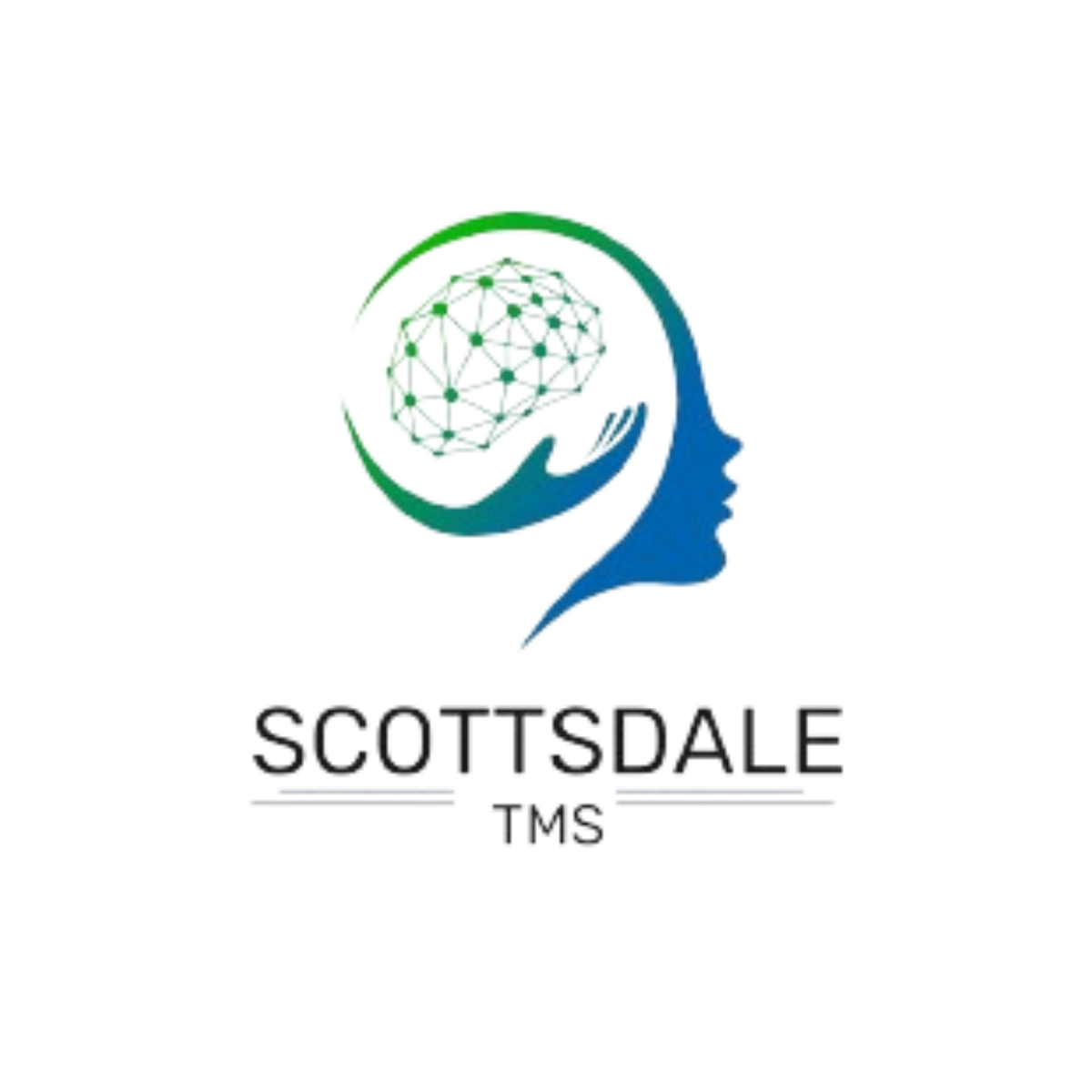If you’re searching for TMS therapy near me, you’re likely looking for a safe, effective, and non-drug way to treat depression. Transcranial Magnetic Stimulation (TMS) is gaining popularity as a treatment for those who struggle with major depressive disorder or treatment-resistant depression.
In this article, we’ll explain the benefits of TMS therapy, the risks of TMS therapy, and what you can expect during your treatment sessions. Whether you want to learn about this alternative to antidepressant medications or understand possible side effects, this guide will help you make an informed choice.
Our Alcohol Addiction Treatment Programs

Scottsdale Rehab
Luxury Personalized Rehab

Hart Rehab
Holistic Luxury Personalized Rehab

Scottsdale Detox
Luxury Medical Detox
What Is TMS Therapy?
Transcranial Magnetic Stimulation (TMS) is a non-invasive procedure that uses magnetic fields and magnetic pulses to stimulate specific parts of the brain linked to mood and depression. Unlike medications, TMS doesn’t enter the bloodstream or cause systemic side effects.
During a typical TMS session, a coil is placed near the scalp. This device sends brief magnetic pulses that encourage nerve cells in the brain to become more active. Over multiple sessions, this brain stimulation can improve symptoms of depression, including mood, energy levels, and concentration.
How TMS Compares to Other Depression Treatments?
When searching for TMS therapy near me, it helps to understand how it differs from other depression treatments. Unlike antidepressant medications that affect the entire body and can cause side effects like weight gain or fatigue, TMS uses targeted magnetic fields to stimulate specific brain regions involved in mood regulation. This makes it a safer, non-drug depression treatment option with fewer systemic effects.
Compared to electroconvulsive therapy (ECT), which requires anesthesia and may cause memory loss, TMS is non-invasive, involves no sedation, and has minimal risks. Psychotherapy remains a cornerstone for many, but TMS can be a valuable addition or alternative, especially for treatment resistant depression where other methods have not worked well.
Benefits of TMS Therapy
If you’re researching transcranial magnetic stimulation benefits, here are some key advantages of this non-drug depression treatment:
- Non-drug depression treatment
- FDA approved
- Minimal side effects
- No downtime
- Improved mood and function
TMS therapy is also FDA-approved for OCD and is being studied for conditions like anxiety, PTSD, and chronic pain, with promising early results.
Uses of TMS Therapy: Beyond Depression
While transcranial magnetic stimulation is best known for treating major depressive disorder, research has shown its potential for other mental health conditions:
- TMS for Depression: Most commonly used when medications fail or cause side effects. Helps improve mood and focus.
- TMS for Obsessive Compulsive Disorder (OCD): The FDA has approved TMS therapy for treating obsessive compulsive disorder (OCD) by targeting brain areas involved in obsessive thoughts and compulsive behaviors.
- TMS for Anxiety: Early studies suggest TMS may reduce anxiety symptoms, though more research is needed.
- Other Conditions: TMS is being explored for PTSD, chronic pain, and neurological disorders.
What Is Deep TMS and How Is It Different?
Deep TMS is a newer form of TMS that stimulates deeper brain areas using a specialized H-coil. This allows it to target regions not reachable by standard TMS, which may improve outcomes for certain conditions like severe depression and OCD.
Both are non-invasive, FDA-cleared, and performed in outpatient settings. The choice depends on your diagnosis and how deep brain stimulation is needed.
The Science Behind Magnetic Pulses and Brain Stimulation
TMS works by sending short bursts of magnetic pulses through a coil placed near the scalp. These pulses generate small electrical currents in targeted areas of the brain linked to major depressive disorder. This brain stimulation encourages nerve cells to become more active and communicate better.
This process supports neuroplasticity, the brain’s natural ability to adapt and rewire itself. Over multiple treatment sessions, this rewiring can help reduce symptoms of depression by improving mood, energy, and cognitive function. Unlike drugs, which take weeks to affect brain chemistry, TMS offers a more direct and focused approach.
Risks of TMS Therapy
While TMS is generally safe, it’s important to understand the potential risks of TMS therapy and tms treatment side effects:
- Common side effects include mild scalp discomfort or headaches during or after sessions.
- Some patients report a mild tingling or tapping sensation on the scalp during treatment.
- In rare cases, there is a risk of seizures from TMS therapy, especially for those with a history of neurological conditions.
- There is no evidence linking TMS to hearing loss, but protective earplugs may be used during sessions due to clicking sounds.
Most side effects are mild and go away quickly. Your healthcare provider will review your medical history carefully to reduce any risks.
Who Is TMS Therapy For — and Who Should Avoid It?
TMS is ideal for people who:
- Haven’t found relief from antidepressants
- Prefer a non-drug approach
- Experience moderate to severe depression
- Want a therapy with minimal side effects and no recovery time
However, it may not be suitable if you:
- Have metal implants near the head (e.g., cochlear implants)
- Have a history of seizures or epilepsy
- Use implanted devices like pacemakers
A thorough evaluation will determine if you can safely undergo TMS.
What Happens During TMS Treatment Sessions?
Before starting, your doctor will assess your health history, including any neurological conditions or history of seizures.
Each TMS session usually lasts 30 to 40 minutes. During treatment:
- You sit comfortably in a chair.
- A magnetic coil is placed near your head.
- Magnetic pulses are delivered to targeted brain areas.
- You might feel a tapping or clicking sensation but typically no pain.
Most people undergo daily sessions over 4 to 6 weeks, but your provider will tailor this to your needs.
Tips for Preparing for Your TMS Sessions
To get the most from your TMS therapy near me search, here are preparation tips:
- Avoid caffeine or stimulants before your session
- Wear comfortable clothing
- Bring earplugs or headphones if offered
- Schedule sessions at a calm time of day
- Track your symptoms to share with your provider
Why Choose TMS Therapy?
TMS therapy is an effective, non-drug treatment for depression that uses targeted brain stimulation to improve mood and cognitive function. Unlike medications that affect the whole body and may take weeks to work, TMS offers faster results with fewer side effects.
Most patients report improved energy, reduced sadness, and better daily functioning. Side effects are typically mild—like scalp discomfort or headaches—and serious risks are rare when treatment is done by qualified professionals.
If you’re searching for TMS therapy near me, talk to a provider to see if this innovative option is right for you. It could be a meaningful step toward lasting mental wellness and a better quality of life.

